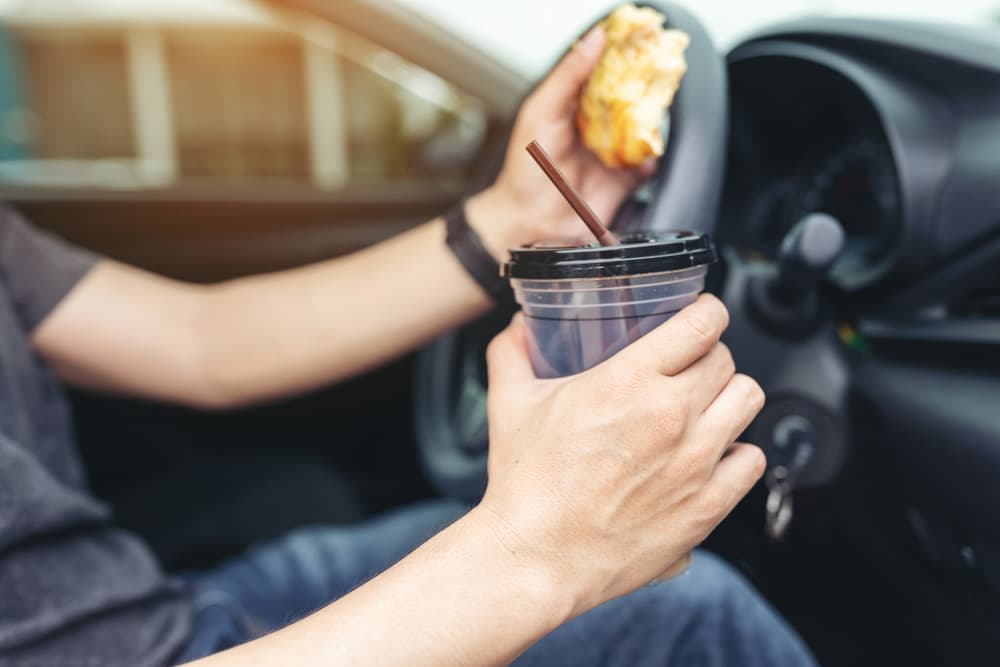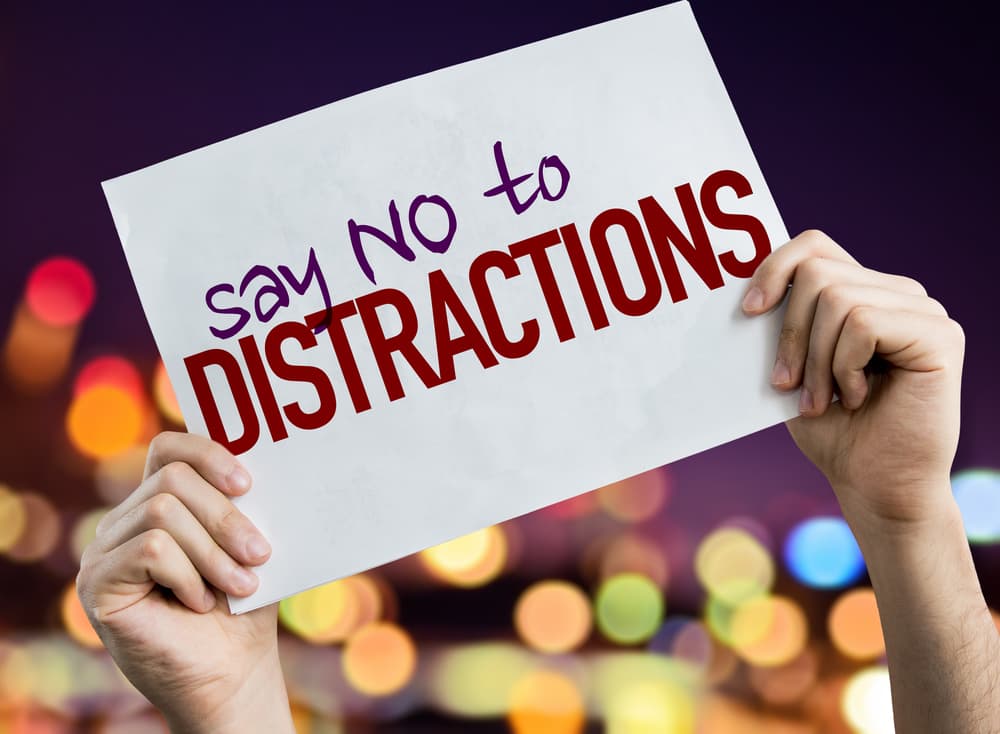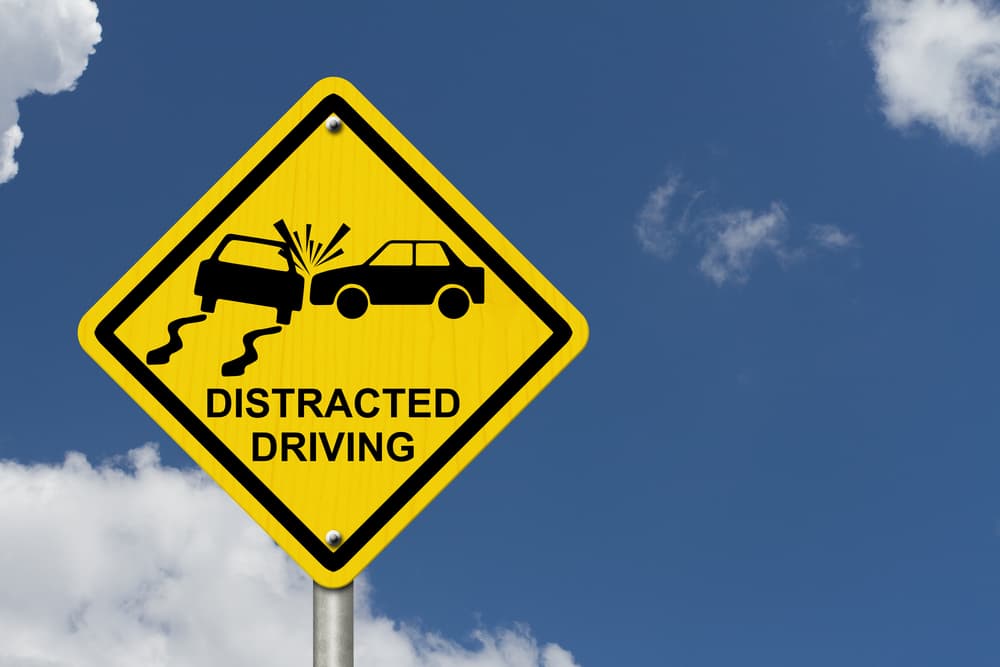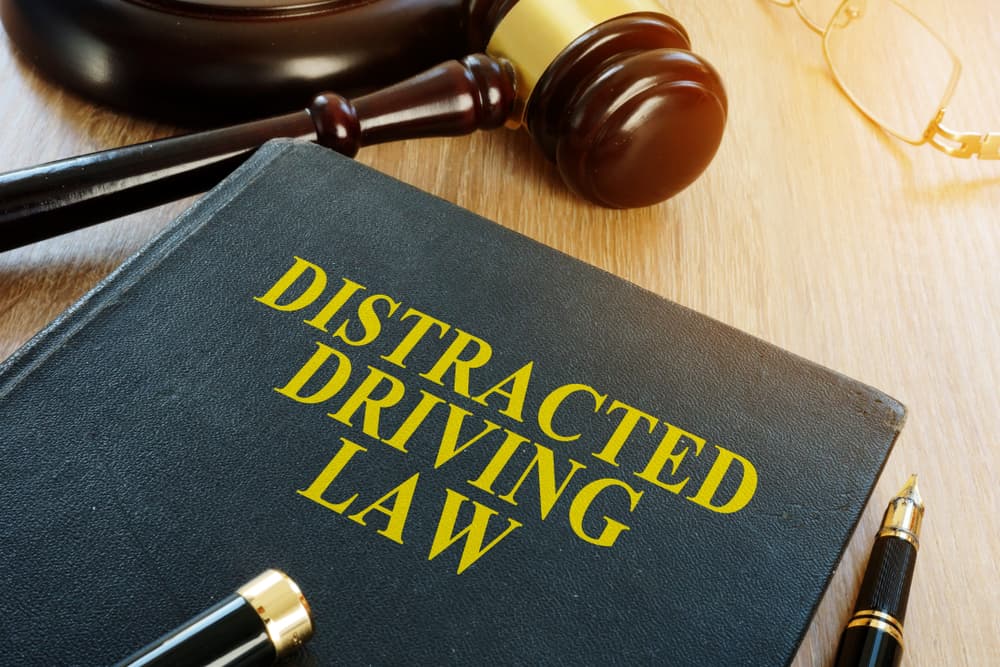Distracted driving is one of the most common causes of accidents today. Any activity that causes the driver to lose focus on the road and driving-related tasks is a form of distracted driving that can result in a collision and serious injuries to others.
One of the main culprits of distracted driving is the use of cell phones while behind the wheel. Whether it's texting, making phone calls, or using apps, these activities take the driver's attention away from the primary task of driving.
In fact, studies have shown that texting while driving increases the risk of a crash by a staggering 23 times. The prominence of smartphones has made distracted driving a major public safety concern in the U.S. in modern times.
If you suffered an injury in an accident in which the other driver was distracted in any way, it can make them responsible for the losses you have incurred. You must take action to seek compensation from the proper insurance companies, and it is always best to do so with an experienced car accident attorney on your side.
Common Types of Distracted Driving
The following are some of the most common types of distracted driving. Any driver on the road can be engaged in activities that lead to distraction, including the following forms.
Visual distractions
Visual distractions are some of the most common types of driving distractions. These are activities that take a person's eyes off the road in front of them, even if it is just for a moment.
Some examples include:
- Checking a GPS or other navigational device for directions
- Looking down at a phone
- Checking to see who texted you
- Looking at a person in the vehicle
- Looking at something on the side of the road
Even looking away momentarily is enough to miss an obstacle or a braking vehicle, causing a driver to collide or swerve into another car.
Cognitive distractions
Another type of distraction involves anything that takes your focus off the road in front of you or driving activities. The fact is, even just thinking about something other than driving can create significant distraction enough to put you at risk.
Some examples of cognitive distraction include:
- Stress-provoking thoughts
- Daydreaming
- Planning for future events
- Thinking about a busy to-do schedule
- Talking to other people on the phone (even with a hands-free device)
- Talking to a person in the vehicle with you
Manual distractions
The third type of distraction while driving falls into the manual distraction category. These distractions cause you to take one or both of your hands off the wheel of the car, making you more vulnerable to causing an accident, especially when changing road conditions are present.

Some of the more common types of manual distractions include:
- Drinking with one hand
- Taking off a coat
- Adjusting the radio
- Eating or drinking
- Smoking
- Applying makeup or grooming
Many distractions involve more than one type. For example, texting causes visual, manual, and cognitive distractions all at once. The more distractions that occur at one time, the higher the risk of the driver being unable to control their actions.
The Most Common Reasons People Are Distracted Behind the Wheel
Some of the most common distractions behind the wheel include:
- Smartphone use: This includes texting or talking on a phone, watching videos behind the wheel, and listening to a phone, such as a podcast, if it takes a person's attention away from the road.
- Eating and drinking: Eating and drinking requires taking at least one hand off the wheel. That can create a significant risk of losing control over the vehicle.
- Pets: Pets in cars can cause accidents. If the driver wants to hold or manage a pet that is moving around the vehicle or needs support for any reason, this can lead to driver distraction behind the wheel.
- Other passengers: Whether it is children or another passenger in the car, talking to, arguing with, or otherwise causing difficulty for the driver to focus are all common reasons accidents happen.
- Applying makeup: Applying makeup, sunscreen, or anything else to the face or body distracts the driver from the road and can be a reason an accident occurs.
In these situations, the driver cannot focus on what is on the road. Consider what occurs, for example, if a ball rolls out onto the roadway in a neighborhood. A person engaged in a conversation with a person in the car may not see the ball, cannot react to the ball, and may not stop in time before striking the child who is walking into the street to get the ball.
What Are the Risks of Distracted Driving?

Many people adjust the radio while in the vehicle, and others glance at their phones to see who is calling. Any action like this can be problematic and increase the risk of car accidents.
Taking driver attention off the road, including through talking and texting on the phone, can create serious accident risks. For example, they report that if a person takes their eyes off the road for just five seconds to reach a text message and travels at just 55 miles per hour, it is the same as driving the length of a football field with your eyes closed.
No one can safely drive when they are engaging in other non-driving-related activities.
These accidents may occur because:
- The driver is not paying attention to changing lights.
- The driver cannot adjust fast enough to changing road conditions.
- A distracted driver is more likely to miss a stop sign.
- A driver who is eating or unable to use one of their hands may not be able to steer the vehicle out of the way of an oncoming vehicle after crossing the centerline.
- A driver daydreaming does not see that the person behind them stopped fast.
The risks of distracted driving include the high risk of causing an accident. These accidents are some of the most risky. The driver may not slow down before colliding with another driver. That means that the impact happens at full speed and force, creating a very high risk of injury and fatalities.
Who is Responsible for a Distracted Driving Accident?
A person who causes an accident is responsible for the damages they cause to another person's car or the injuries they cause to the other party. In most situations, distracted driving accidents are the fault of the driver, who failed to react as expected and caused an accident.
How to prove distracted driving

Distracted driving accidents sow confusion. Piecing together what happened first and what caused the accident becomes a real challenge.
For example, if a person is texting on their phone and fails to stop for a light, it may be hard to know that distracted driving caused the incident at first. However, police officers are more aware than ever of these increasing risks, and evidence can often point to those responsible for these instances.
If you are the victim of a distracted driving accident, the police and your car accident attorney will work to gather information to prove what occurred. To do that, they will look at a great deal of information that can help to determine what circumstances led to this incident.
Here are some examples of ways this evidence may become available:
- Phone records may show that the driver was actively engaging in texting, talking on the phone, or using the phone while they were driving.
- Witnesses may see a distracted person, including someone who is not paying attention to the road or engaging in an argument with someone.
- If the police officer notices food or drinks within the driver's reach, especially if there is a spill or evidence that the driver was eating, it can help prove that distracted driving occurred.
- Some vehicles, especially those related to commercial vehicles, have logs that track the actions of the driver. That log, for example, may display that the driver was using navigational tools or talking on the phone when the incident took place.
- Accident re-creation software may also help by considering all the information from the scene, witness statements, and crash data to help determine the cause.
There is no doubt that proving distracted driving can be difficult in some situations. For that reason, it is critical that you, as the victim, contact a car accident lawyer right away to discuss your accident. That way, your attorney has the time to start building a viable case for you, which can help substantiate any distracted driving claims.
What to Do After a Distracted Driving Accident
In situations where you are the victim of a distracted driving accident, there are several things you can do to help protect your right to compensation.
Consider these tips:
- Did you see the other driver with a phone in their hand? Did you see what the driver was doing before the accident, such as swerving, speeding, or driving too slowly? Tell law enforcement so they can document any activities that you noticed within the police report.
- Sometimes, the other driver will also share information that can help you right after the accident. For example, they may state that they "were just looking at their phone for a second" or were adjusting their navigational system. These are all clues that a person might have been at risk.
- Seek immediate medical attention if you feel anything unusual.
Many times, you will not know what led to the incident. With the help of the police as well as your car accident attorney, it may be possible to determine this after a full investigation. The key here is to make sure you do everything you can to get information to those parties so they can take action.
What Can Drivers Do to Not Be Distracted Behind the Wheel?

Distracted driving safety is an important conversation to have with anyone in your home, especially new drivers. No matter how many years of experience a person has or how much time they have spent driving, it takes just a second for a person to die as a result of a distracted driver's inability to react.
For that reason, every driver can do their part in protecting lives by considering a few rules:
- Do not use or touch smartphones in the vehicle as the driver. Put them out of reach.
- Pull over to make a call, eat, or apply makeup instead of doing so while they are driving the car.
- Connect any hands-free device to the car for help with navigation and phone calls. Use only voice commands to tell the device what to do.
When it comes to distracted driving, every person should do their part to protect others.
No matter how safe and alert you are, you cannot control the actions of others. There is always a chance another distracted driver will come out of nowhere and crash into you.
Are You the Victim of a Distracted Driver? Consult a Car Accident Lawyer
As you look over the most common types of distracted driving, you may wonder if the person who caused your accident was distracted. If you are unsure, contact a car accident attorney to learn more about what they can do to help you prove that the other party was responsible. Do not assume any insurance company will be forthright with this information.
Instead, contact an experienced personal injury lawyer to discuss your car accident case. Allow skilled attorneys to use the law to help protect your rights to compensation after a distracted driver risks your life. Turn to a car accident attorney for a free consultation to discuss your distracted driving case now.

